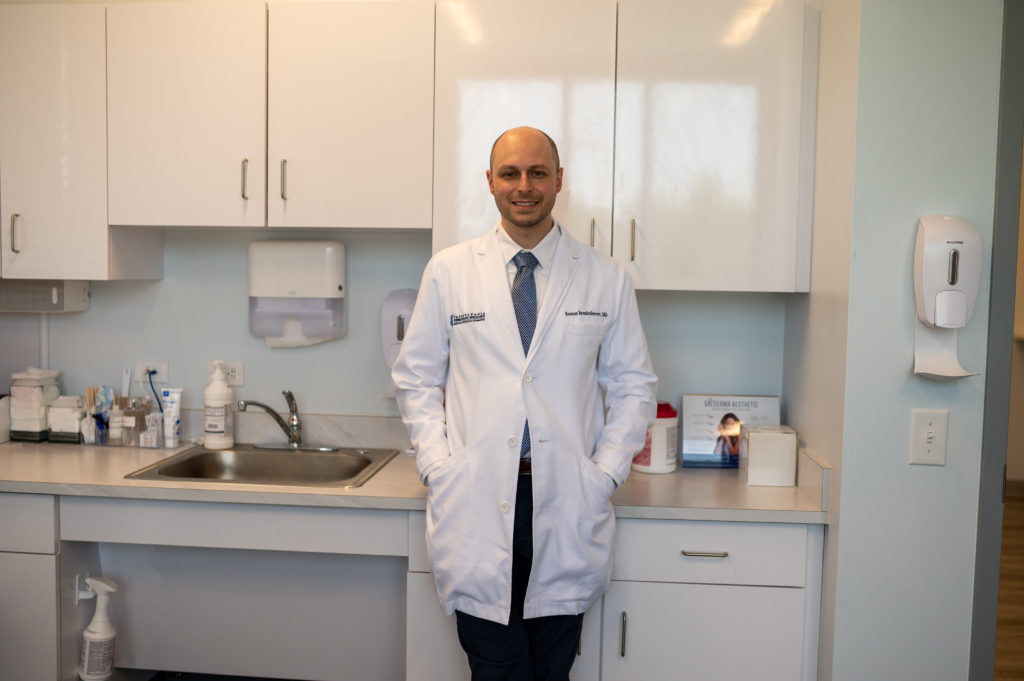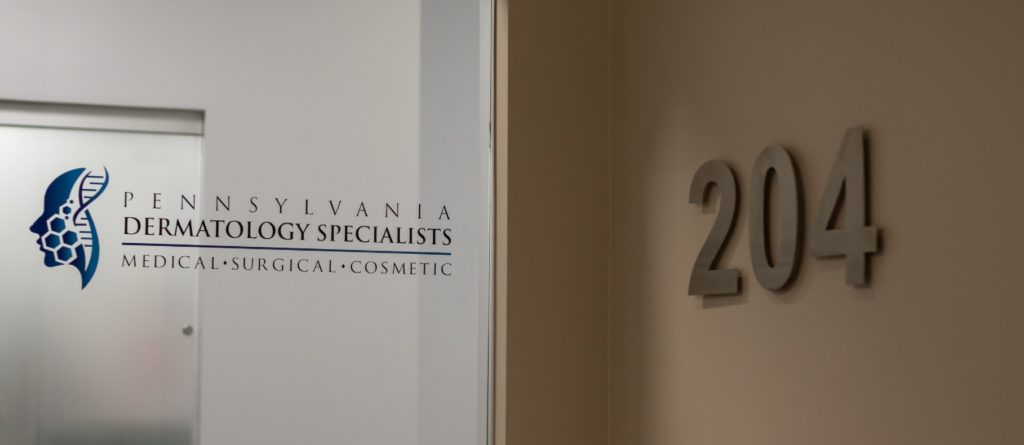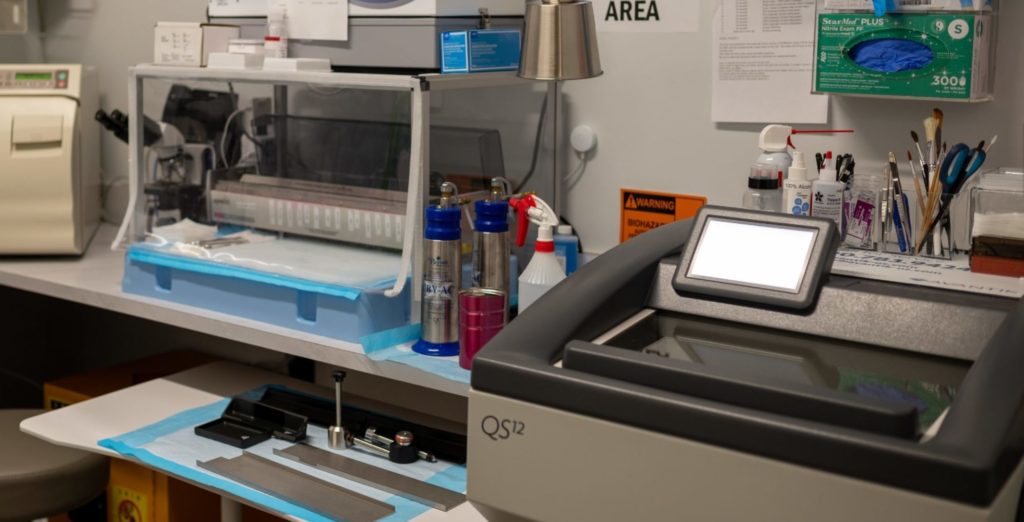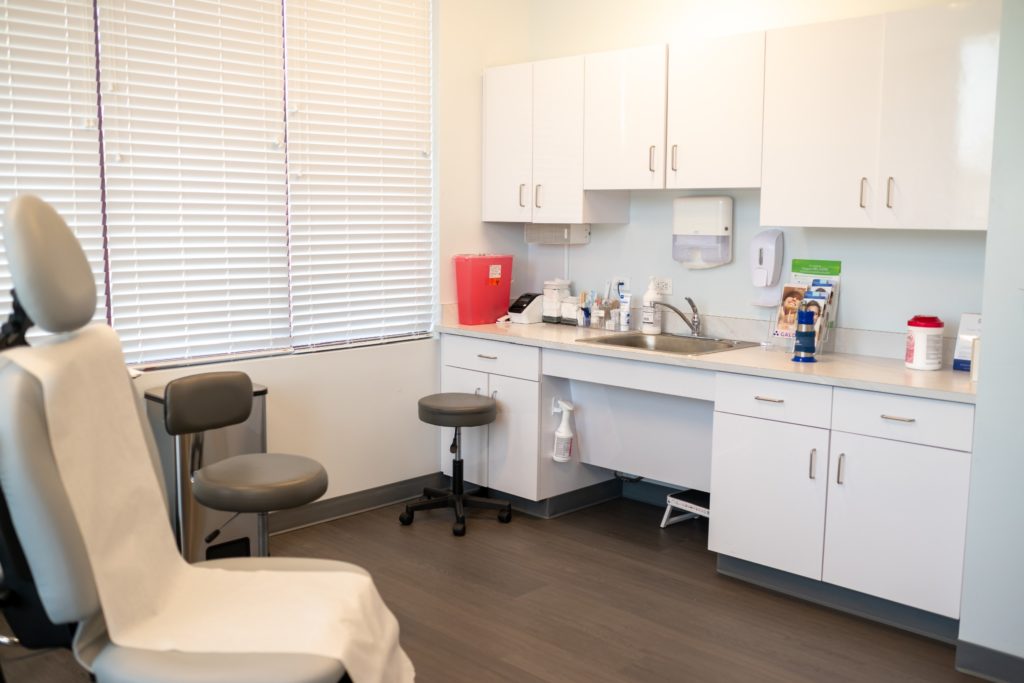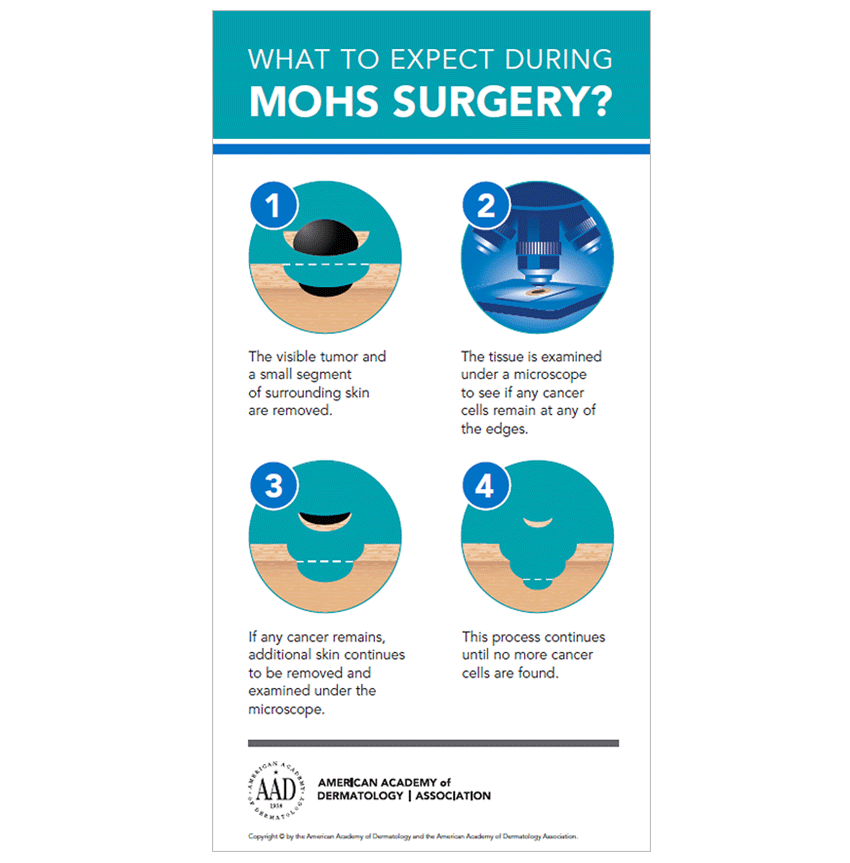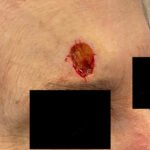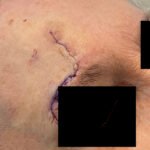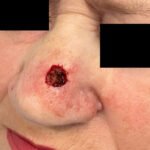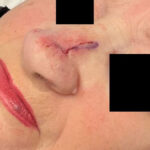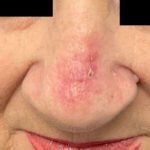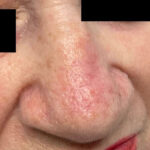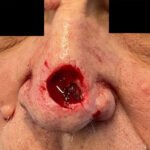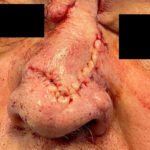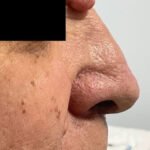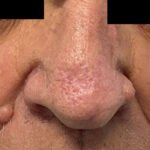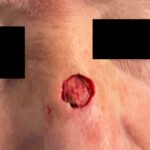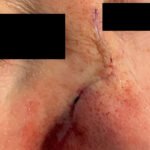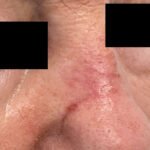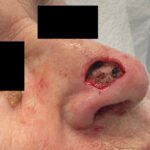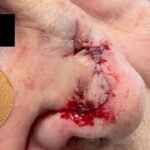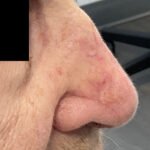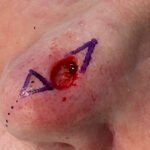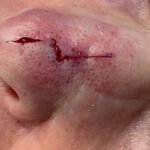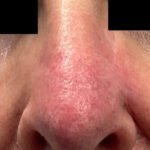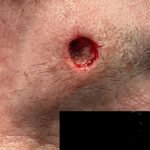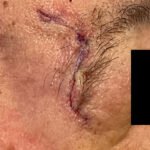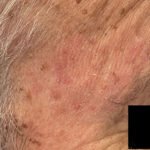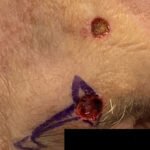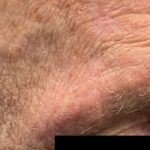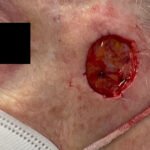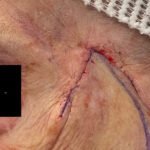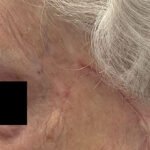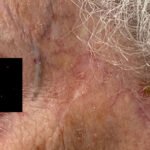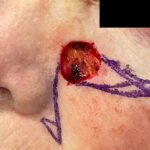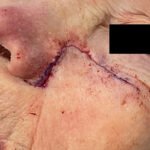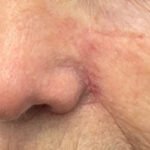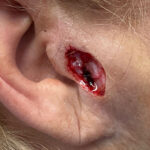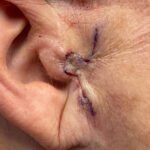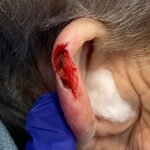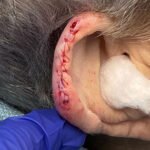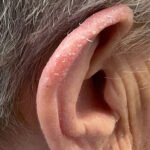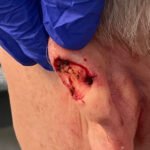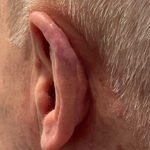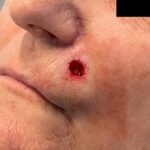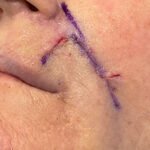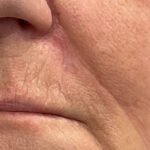MOHS Surgery
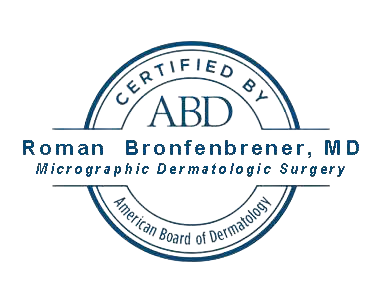
WHAT IS MOHS SURGERY?
Mohs surgery, or Mohs micrographic surgery, is a highly specialized skin-conservative surgical technique used in the treatment of basal cell carcinoma, squamous cell carcinoma, and other high-risk tumors in surgically complex locations on the body. Mohs surgery offers complete excision of cancerous tissue under microscopic margin control, ensuring the highest cure rate, and maximizes the preservation of surrounding healthy tissue. Dr. Bronfenbrener is board-certified by the American Board of Dermatology in Mohs Micrographic Dermatologic Surgery.
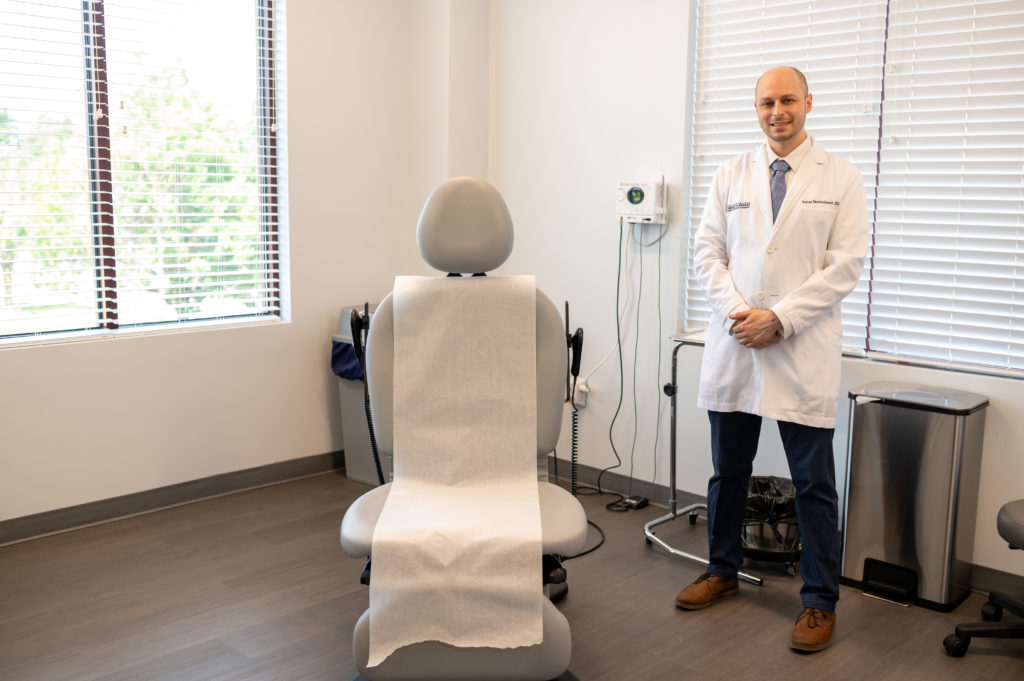
How Does Mohs Surgery differ from standard excision?
Undoubtedly, Mohs surgery is most precise. The excised sections are histologically tested on the day of the procedure, and combined with the mapping technique, allows the surgeon to close the wound only after all cancerous tissue has been removed. In a standard excision, the tissue sample is histologically tested over a few days, after the wound has already been closed. During the examination of the samples, a pathologist looks for any remains of skin cancer at the margin of each section, nonetheless, in contrast to Mohs surgery, these are only fractions of the actual excision margin. It means that histological testing in a standard excision does not examine the specimen as closely as it is examined in the Mohs procedure. If any tumour is still visible after having performed a standard excision, the patient is usually offered the Mohs procedure. Pennsylvania Dermatology Specialists will assess which type of surgery would be the most suitable option for you.
Mohs Surgery At Pennsylvania Dermatology Specialists – What To Expect
Our state of the art laboratory is fully CLIA-certified for high complexity laboratory functions and Mohs Surgery and is run by our Laboratory Director, Dr. Roman Bronfenbrener. Dr. Bronfenbrener is Board-Certified in Mohs Micrographic surgery and is a member of the American Society for Mohs Surgery as well as the American Society for Dermatologic Surgery, and is dedicated to the safe and effective practice of Mohs surgery. We understand that Mohs Surgery can be stressful for patients and Pennsylvania Dermatology Specialists takes extra measures to alleviate your worry – heated blankets, customizable in-room music, and large, spacious rooms help you feel at home during your visit with us. Our Certified Dermatology Tech assistants help prepare and bandage, and can also deliver snacks or a drink to your room. If necessary, coordination of additional care is handled by our trained and experienced administrative staff. If you need Mohs Surgery, trust your experience to Pennsylvania Dermatology Specialists.
How do Dermoscopy and Mohs go together?
Dermoscopy uses a handheld microscope to better visual details on the skin surface (Click To Learn More About Dermoscopy) Using a dermatoscope, your Pennsylvania Dermatology Specialists Mohs’ Surgeon can better evaluate your margins prior to surgery leading to more accurate stages.
Dermoscopy often displays subtle signs of residual cancer. The image on the right shows a Basal Cell Carcinoma – a pink tumor with obvious blood vessels arising adjacent to a prior biopsy scar. This entire lesion is removed and the margins are checked with the microscope during mohs surgery to ensure complete removal.
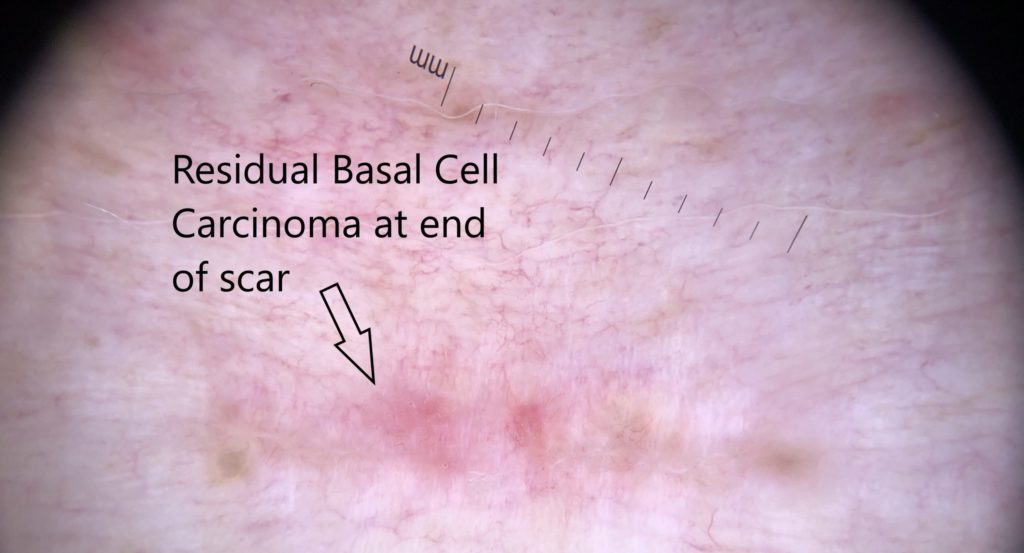
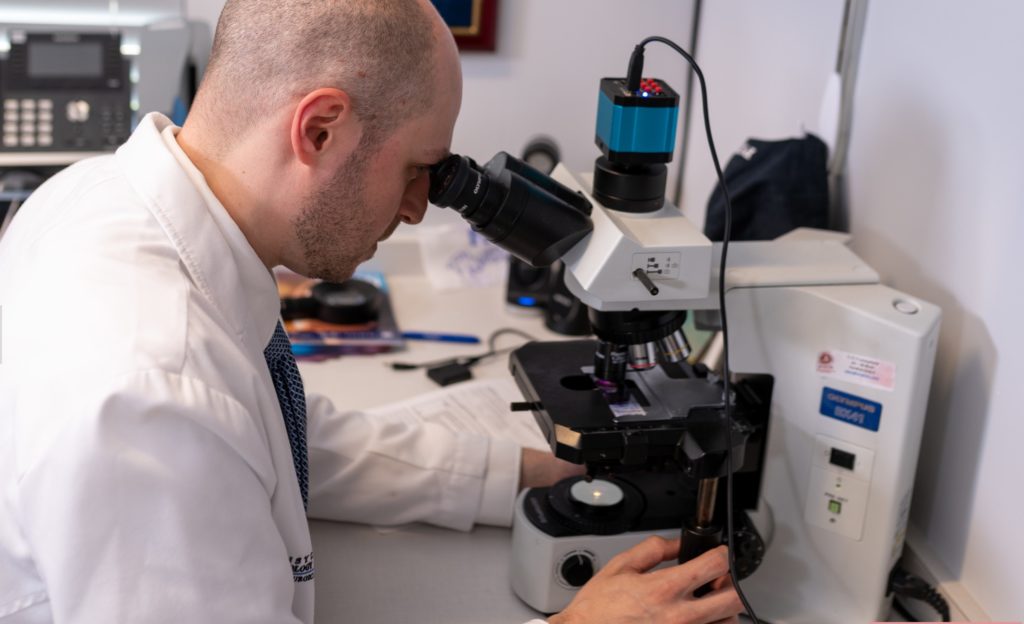
single-day procedure
THE STEPS OF MOHS SURGERY
Mohs surgery usually is a single-day procedure, performed under local anaesthesia, meaning that the patient remains completely conscious during the surgery. It involves the following steps:
01
The visible tumor and a small margin of healthy tissue is meticulously outlined using a skin marker. Then, a reference grid is drawn.
02
The marked area is skillfully excised.
03
The excised tissue is divided into two or more sections and marked using a special color coding technique to precisely differentiate the remaining cancerous tissue from the healthy tissue.
04
A mapping process takes place. It ensures that residual tumor seen under the microscope can later be matched to the exact location on the patient, using a paper map or digital photographs as well as image processing software.
05
The horizontal sections of the entire excision margin are created.
06
The surgeon examines the sections to find any cancerous cells that may remain.
07
The residual cancerous areas (if there are any) are precisely drawn on the map or a digital image to identify the area on the patient where more tissue needs to be removed.
08
If there is need, more tissue is removed, and the process is repeated, until there is no longer cancerous tissue present at the site.
09
After a successful surgery, the wound is closed.
Dr. Roman Bronfenbrener, MD
single-day procedure
THE STEPS OF MOHS SURGERY
Mohs surgery usually is a single-day procedure, performed under local anaesthesia, meaning that the patient remains completely conscious during the surgery. It involves the following steps:
01
The visible tumor and a small margin of healthy tissue is meticulously outlined using a skin marker. Then, a reference grid is drawn.
02
The marked area is skillfully excised.
03
The excised tissue is divided into two or more sections and marked using a special color coding technique to precisely differentiate the remaining cancerous tissue from the healthy tissue.
04
A mapping process takes place. It ensures that residual tumor seen under the microscope can later be matched to the exact location on the patient, using a paper map or digital photographs as well as image processing software.
05
The horizontal sections of the entire excision margin are created.
06
The surgeon examines the sections to find any cancerous cells that may remain.
07
The residual cancerous areas (if there are any) are precisely drawn on the map or a digital image to identify the area on the patient where more tissue needs to be removed.
08
If there is need, more tissue is removed, and the process is repeated, until there is no longer cancerous tissue present at the site.
09
After a successful surgery, the wound is closed.
